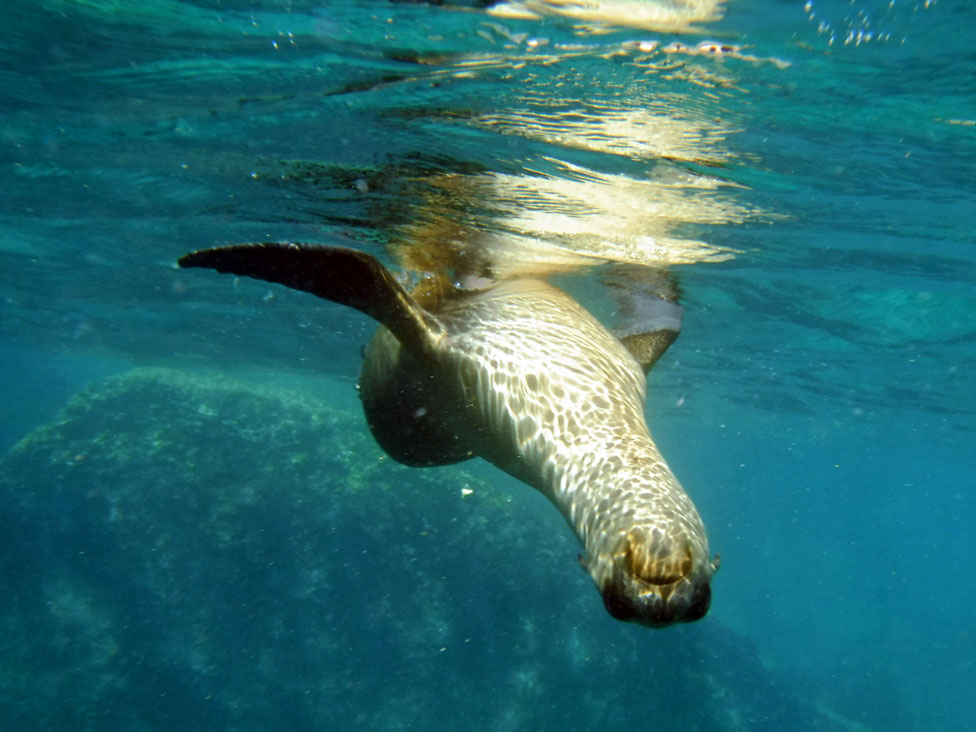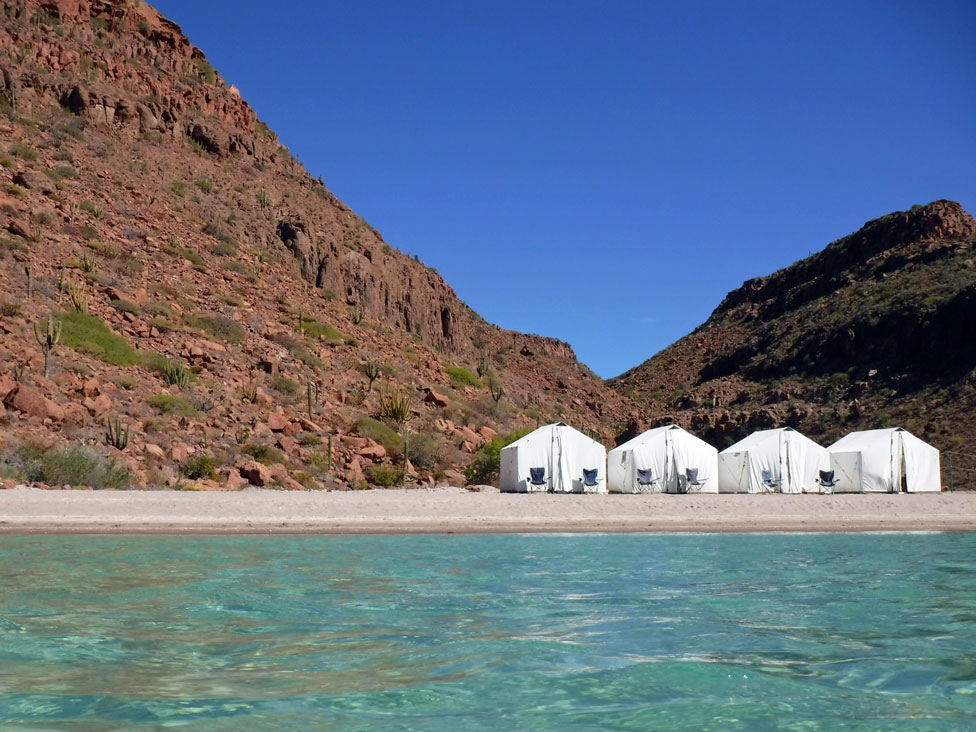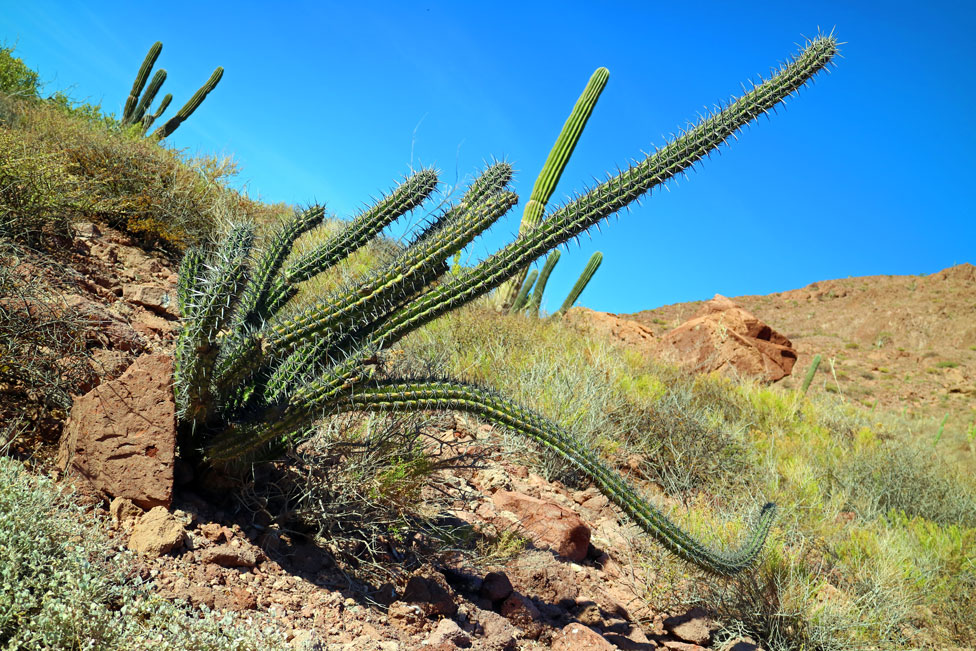Head to La Paz rather than overdeveloped Los Cabos for the real Baja California Sur
The Washington Post
By Erin E. Williams
October 2, 2019
In Los Cabos, beaches, luxury and nightlife, as well as 2 million visitors a year
Los Cabos’s setting is spectacular, on the southern tip of Baja California, Mexico, where desert meets ocean. Its tourism numbers are also jaw-dropping, with more than 2 million visitors a year. This region of the state known as Baja California Sur includes two towns, San José del Cabo and Cabo San Lucas, and the 20 miles of coastline between them.
Los Cabos boasts photogenic beaches as well as less photo-worthy cruise ships, a seemingly endless stretch of golf courses and resorts, and, especially in Cabo San Lucas’s case, tourist bars. Quieter San José del Cabo features colonial architecture and art galleries, but like Cabo, it faces overdevelopment.
Visitors can get some distance from Cabo San Lucas’s perpetual spring break by escaping onto the water. Rent a boat or kayak from the city’s yacht-filled downtown marina to reach El Arco, the famous golden limestone arch that straddles the Gulf of California (a.k.a. the Sea of Cortez) and the Pacific Ocean.
Even better, visit the landmark underwater, where you can scuba dive alongside rays and sea lions. Or venture farther into the Pacific to dive with hammerhead sharks, marlin, mahi-mahi and more wildlife far from the party animals on shore.
Location: Cabo San Lucas is located 1,000 miles south of San Diego, a two-hour flight or 22-hour drive.
On the east coast of the peninsula, La Paz is a good base for beauty and adventures
To experience the peninsula’s stark beauty and sea life, base yourself in La Paz, on the eastern side of Baja California Sur.
The state capital features Mexico’s largest promenade, a vibrant waterfront stretch adorned with sculptures from Mexican artists. The path is a good jumping-off point for land-based and aquatic adventures; pedal a bike along its 3½ -mile expanse or stand-up paddleboard in the bay. Seventeen miles north of the city, Tecolote Beach is also reachable by bike, and its neighbor, Balandra Beach, is ideal for kayaking.
Around La Paz, the Gulf of California’s protected waters host an abundance of migrating whales. In the winter, watch for 30-ton gray whales or humpbacks that breach tantalizingly close to shore.
La Ventana, 30 miles southeast of the city, is one of the world’s best kiteboarding and windsurfing spots because of its steady winter winds, protected bay and beautiful beaches. Small resorts offer equipment and lessons. Don’t want to go where the wind takes you? Steer your own course and kayak, paddleboard, dive, hike or mountain bike.
Take a panga boat 90 minutes north from La Paz to visit Isla Espíritu Santo, one of 244 UNESCO-listed islands, islets and coastal areas in the Gulf of California. Although day trips are available, consider camping in an off-grid retreat such as Baja Expeditions’ site at Candelero Bay. Excursions include trekking through mangroves and cactuses to dramatic red-rock vistas (watch for ring-tailed cats and black-tailed jack rabbits along the way) and kayaking in cliff-flanked bays. Snorkel or dive with rambunctious sea lions and a variety of critters, including sea turtles and octopuses. At sunset, watch rays leap from the water, and later, stargaze from your waterside tent — a different kind of intoxication than Cabo’s nightlife.
Location: La Paz is about 100 miles north of Cabo San Lucas, a two-hour drive.
Original at The Washington Post.
PDF here: 2019-10-06 La Paz.






